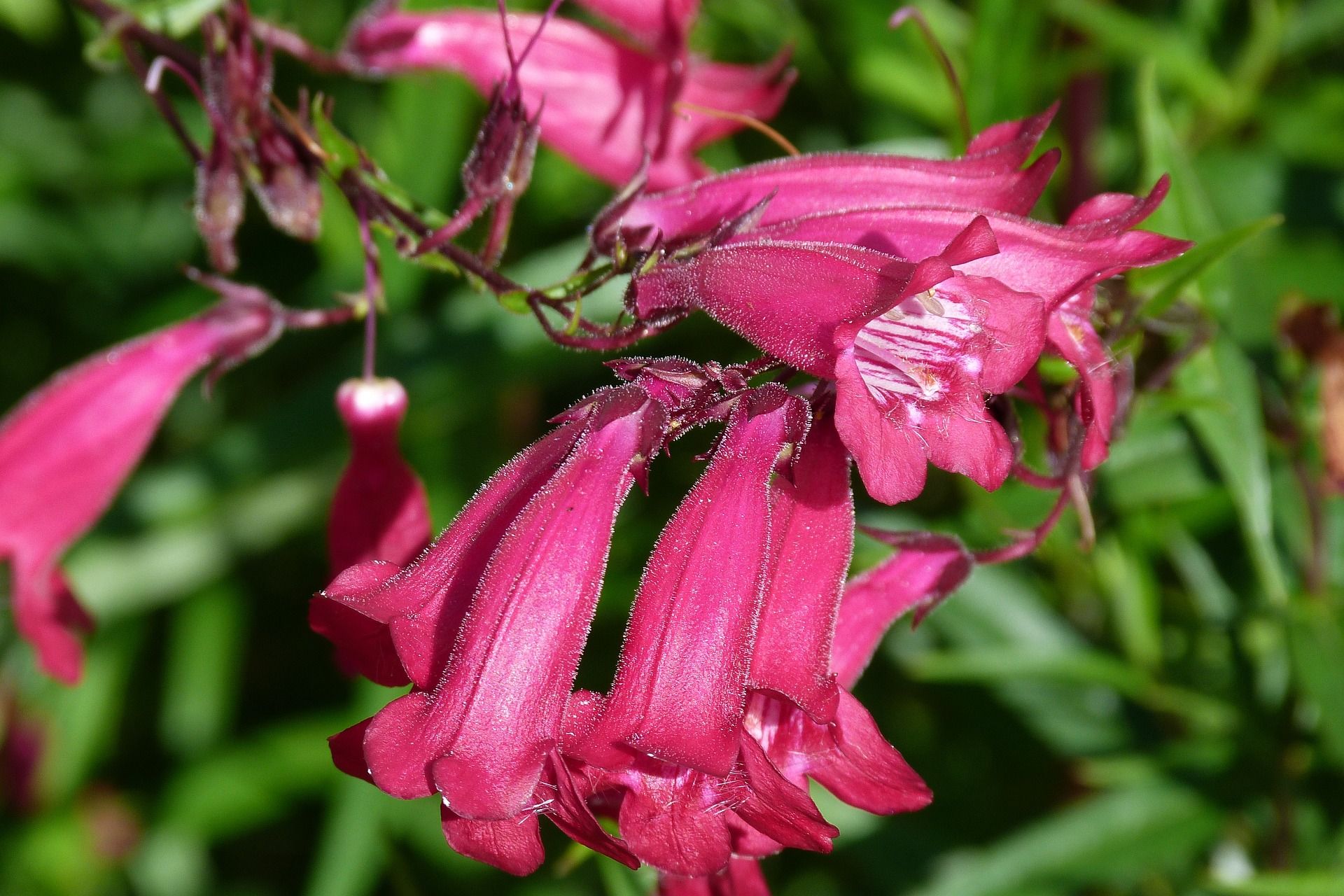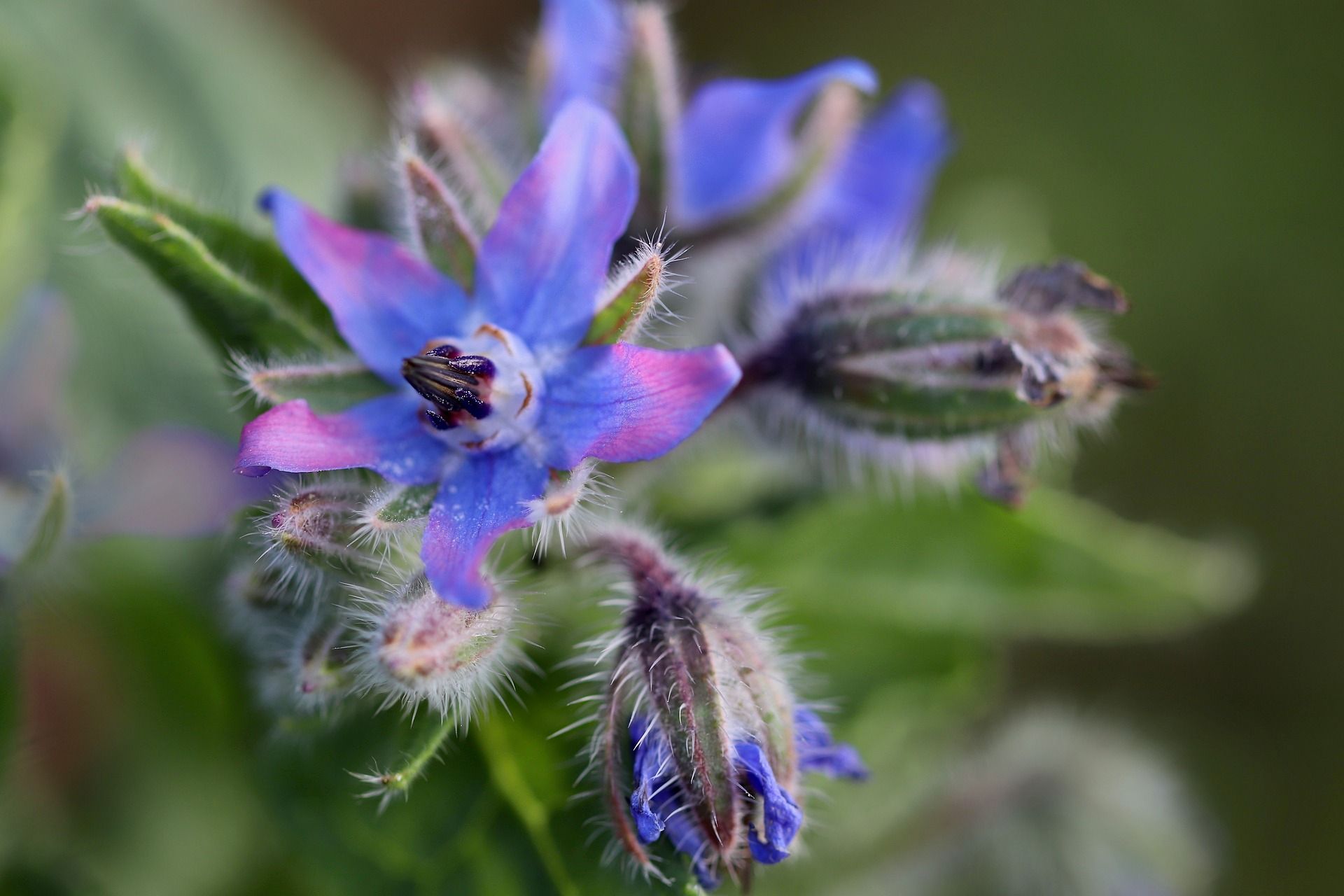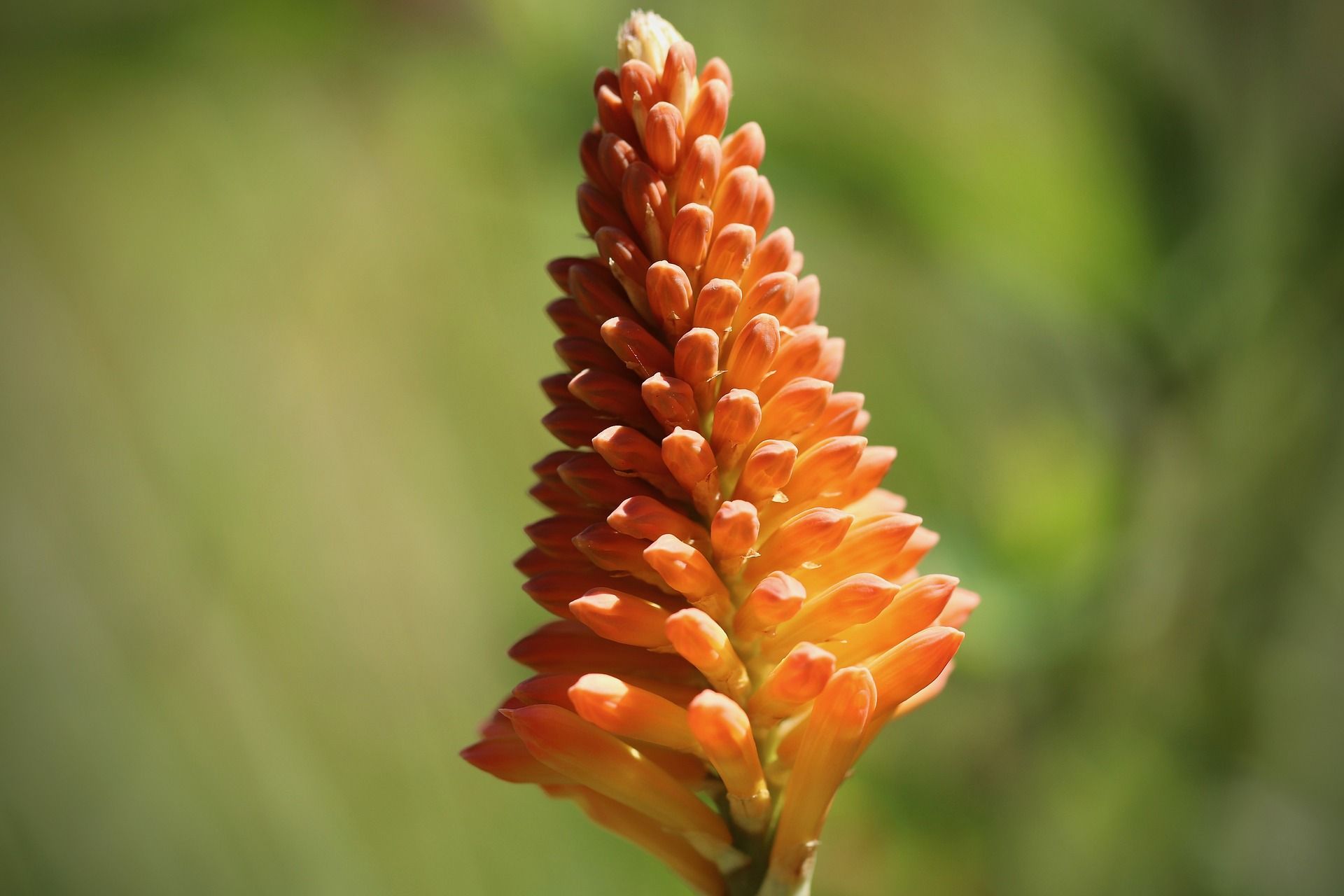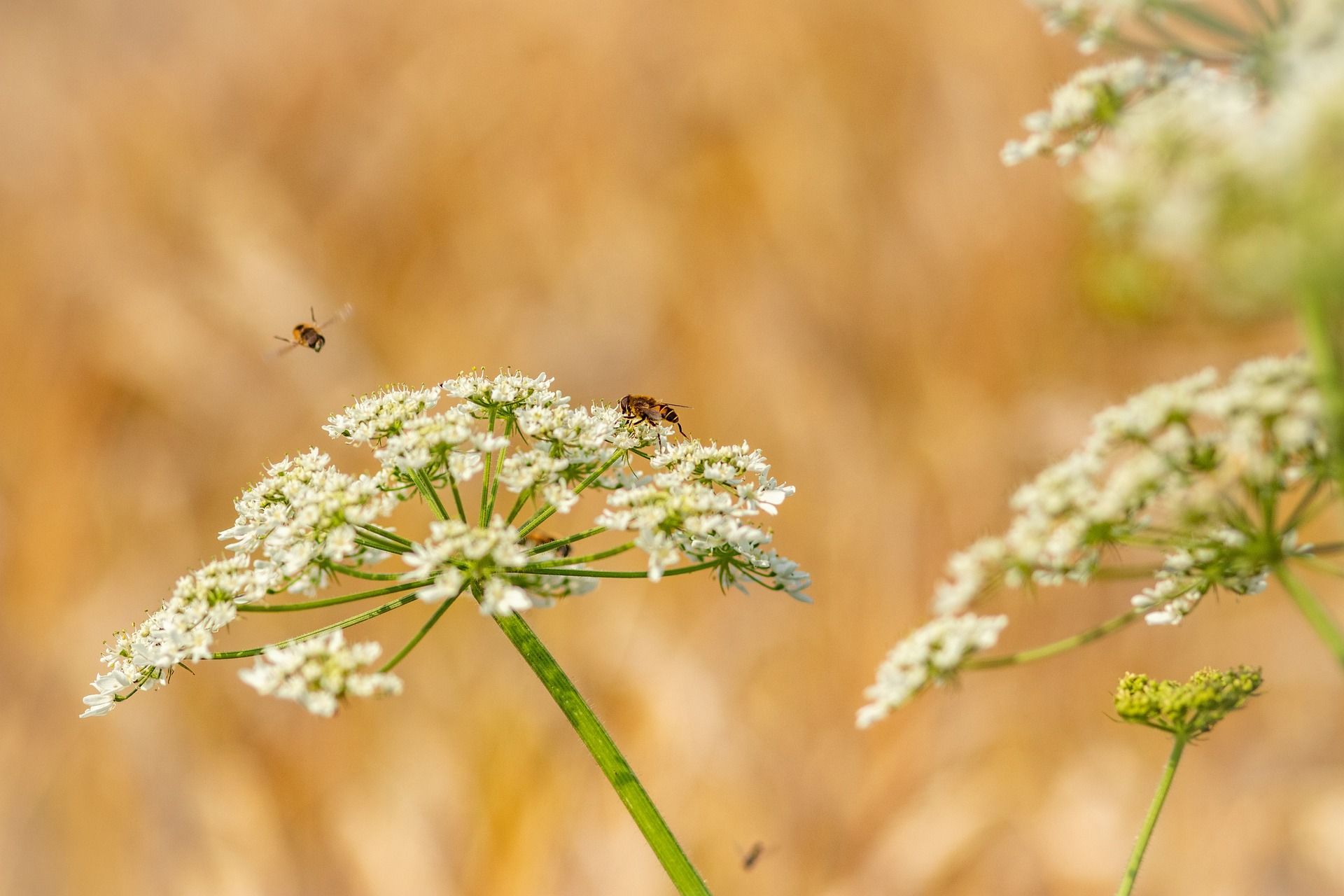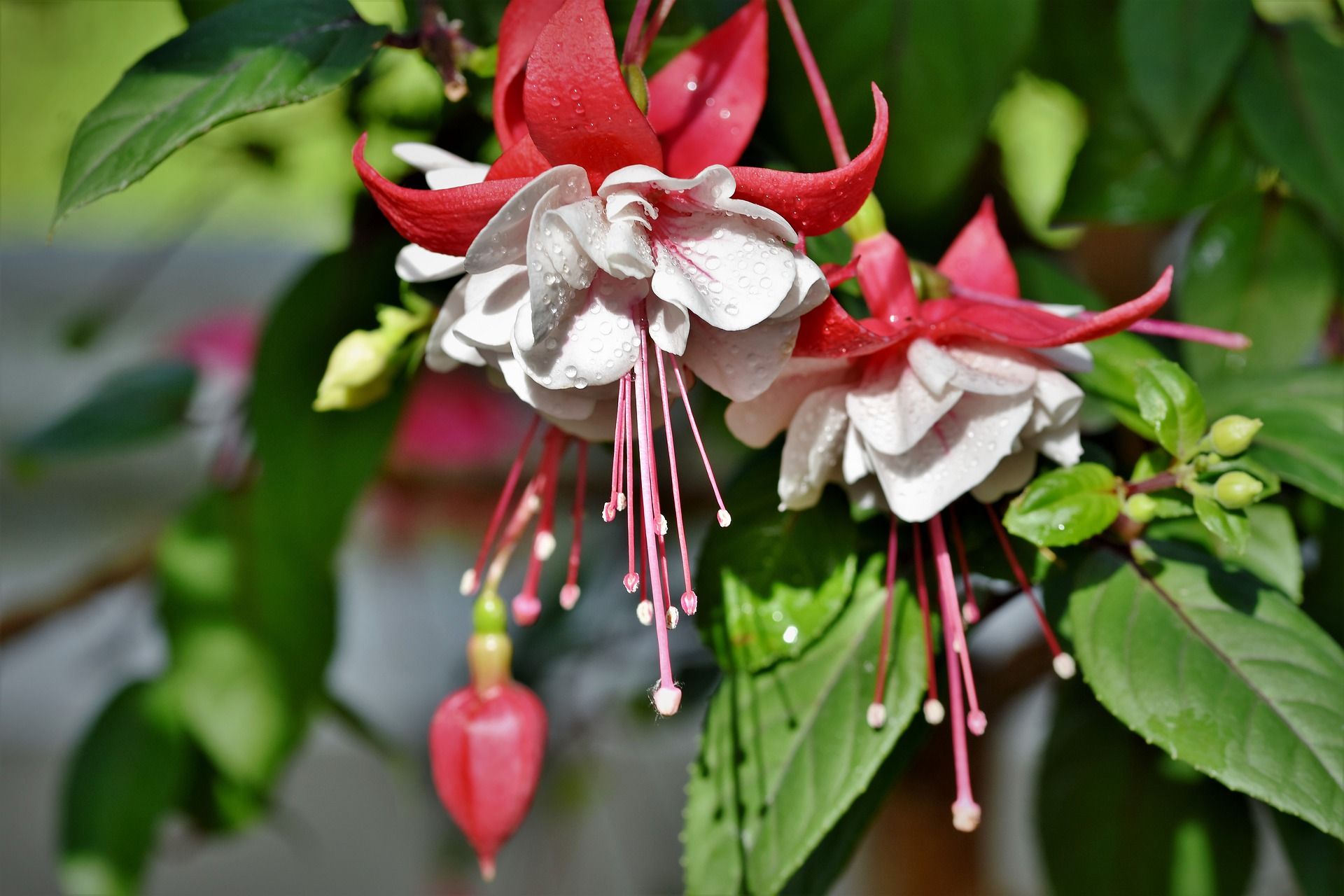Your garden is a sanctuary, for both you and a wide variety of beneficial insects. Plants rich in nectar add endless beauty to your yard, ranging in color and shape, but also an inviting habitat for many birds, bees, and butterflies, who also happen to be pollinators.
Nectar, chock full of carbohydrates, is an essential food source for these beautiful creatures. The nectar provides them with energy, helping them pollinate many plants and crops, maintaining earth's ecosystems. Adding plants rich in nectar to your yard is a great way to attract pollinators and improve the life of your garden.
Learn about the top seven nectar-rich plants you should add to your yard to create a pollinator oasis!.
Beardtongue
Image credits: Meatle via Pixabay
Beardtongue (Penstemon) includes 250 different varieties, which boast color options across the rainbow. Some varieties act as ground cover, growing only a few inches high, while others reach several feet in height. Though they range in color and size, the beardtongue flowers are tubular in shape with an outward turning lip. The plant earns its name from the hairy-looking pollen sac which resembles a tongue.
Beardtongue attracts pollinators, songbirds, and specialized bees. In general, beardtongue plants are hardy in zones 5a to 8b and prefer full, direct sunlight (six hours or more) with well-draining soil. Ensure it never sits in wet soil as it is prone to overwatering and root rot. If you provide the right conditions, it will bloom multiple times throughout the spring and summer.
Borage
Image credits: Nennieinszweidrei via Pixabay
An annual flower, borage (Borago officinalis) boasts striking star-shaped periwinkle blooms, reaching about 2 to 3 feet in height. The leaves and stems are a deep green with coarse, fine hairs. It grows easily from seed and reseeds itself quite well, so you don't have to worry about replanting year after year.
Plant in full sun and provide mostly dry, well-draining soil. Avoid planting in a windy location and provide supports to protect against winds. Borage is attractive to bumble bees, honey bees, and other pollinators, but it is also appealing to people! The plant tastes similar to cucumber and acts as an herb substitute, ideal for adding to salads, refreshing drinks, and snacking on while you are in the garden.
Torch Lily
Image credits: Nennieinszweidrei via Pixabay
Torch lily (Kniphofia), often referred to as "red hot poker," is a tall perennial herb that develops arrow-like clusters of pendulous, tubular buds in shades of orange, white, and red. Though it boasts a spectacular summer bloom, if you are lucky, the plant also blooms again in fall. The spiky, nectar-filled flowers are attractive to butterflies and hummingbirds and repel deer.
Hardy in zones 5a to 9b, torch lilies prefer full to partial sun with around six hours of direct light per day and well draining soil. Be sure to avoid heavy, clay soils and overwatering, which can quickly cause rot and death. Do not cut the plants back in the fall so they can properly insulate for winter and divide every few years in spring to avoid bare spots.
Spider Flower
Image credits: 김 대정 via Pexels
Spider flower (Cleome) has long, thread-like stamens which resemble whiskers or spider legs, hence the name. The showy, delicate 4 to 8 inch blooms range in color, with options including pink, purple, and white. There are over 100 species of the plant, many of which grow up to 6 feet in height, though there are many dwarf cultivars available. The plant is attractive to bees, hummingbirds, and butterflies and repels rabbits.
Hardy in zones 9a to 11b, the annual is easy to grow from seed and blooms from June until the first frost. It grows best in full sunlight with well-draining soil and is drought tolerant. Overwatering and over-fertilizing can result in leggy growth. If you would prefer, pinch back in early summer to create a bushier shape.
Cow Parsnip
Image credits: Thragor via Pixabay
Cow parsnip (Heracleum maximum) features flat-topped umbels of showy white flowers or purple flowers and reaches 3 to 10 feet in height. The 6 to 8 inch clusters provide plenty of texture and depth to a garden, ideal for filling in sparse locations that lack color. It is attractive to all different pollinators, including bees, butterflies, and moths, as well as animals such as deer.
The herbaceous biennial or short-lived perennial is hardy in zones 4a to 10a and prefers full sunlight to partial shade. Plant in sandy loamy soil and provide consistent moisture. Avoid letting the soil dry out, but do not overwater and drown the plants. Since it is sometimes considered weedy, plant in containers away from your garden beds to prevent self-seeding.
Fuchsia
Image credits: Ralphs_Fotos via Pixabay
True to the name, fuchsia plants offer vibrant, hot pink flowers during the summer months and grow between 2 and 10 feet tall, with over 100 species to choose from. The plant grows into a mounding shape, ideal for hanging baskets and container gardens. The drooping stems add color and texture, while the bell-shaped flowers are large and showy, not to mention gorgeous shades of pink, red, and white. The nectar-rich flowers are attractive to hummingbirds.
Though they can survive in partial shade, ample sunlight is best if you want to see plenty of those beautiful blooms, though protection from afternoon sun is essential. Provide organic well draining soil and keep the soil moist during the warmer months. In general, the plant develops flowers in temperatures of 60 to 70 degrees Fahrenheit. You can winter fuchsia plants indoors or even grow them as houseplants. Regardless, be sure to bring them indoors before the first frost.
Buzzing for Nectar
Nectar, the sweet liquid secreted by many different plants, is essential to creating a pollinator garden. Fortunately, there are many beautiful nectar-rich flowers, perfect for adding beauty, texture, and life to your yard. When picking from the list, remember to choose flowers with varying blooms cycles to ensure your garden always has nectar-rich plants for the pollinators.
Do you know of any nectar-rich plants perfect for a pollinator garden? Share in the comments below!


